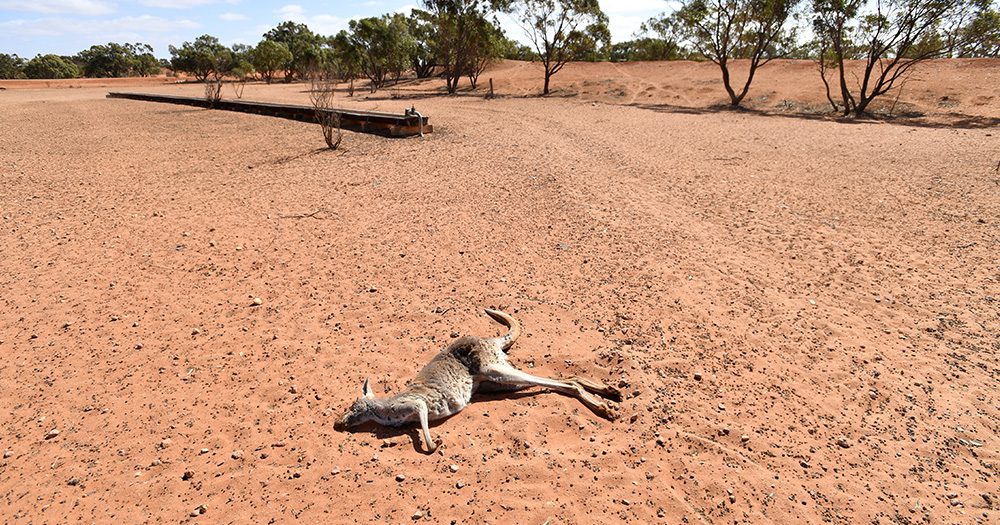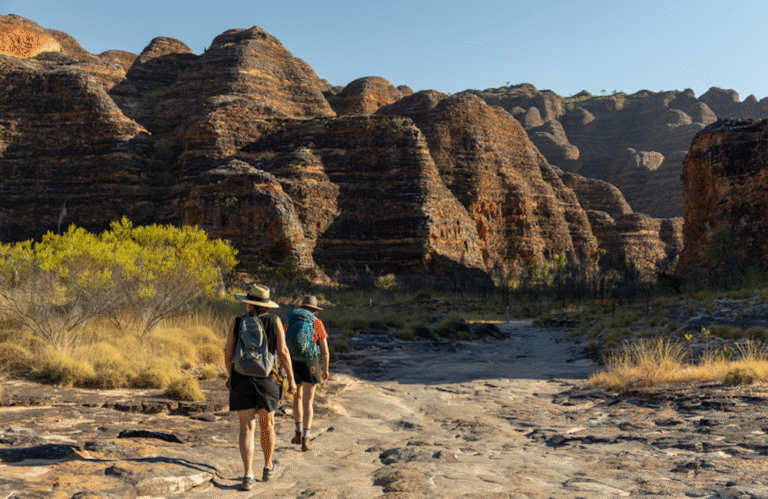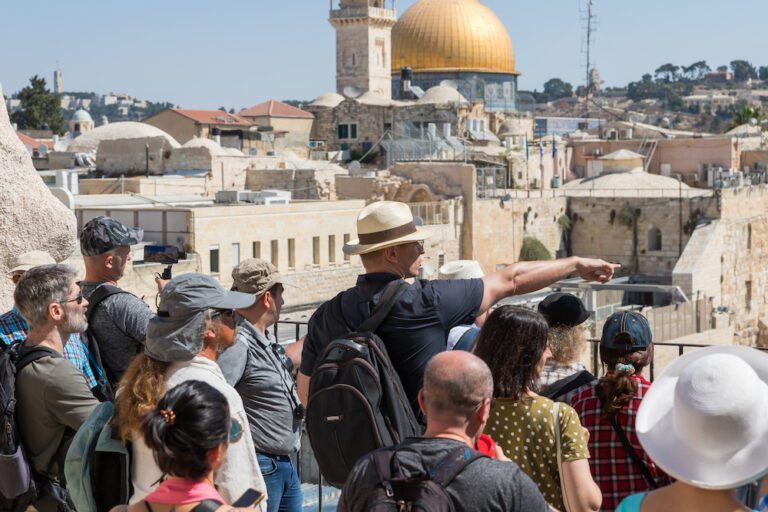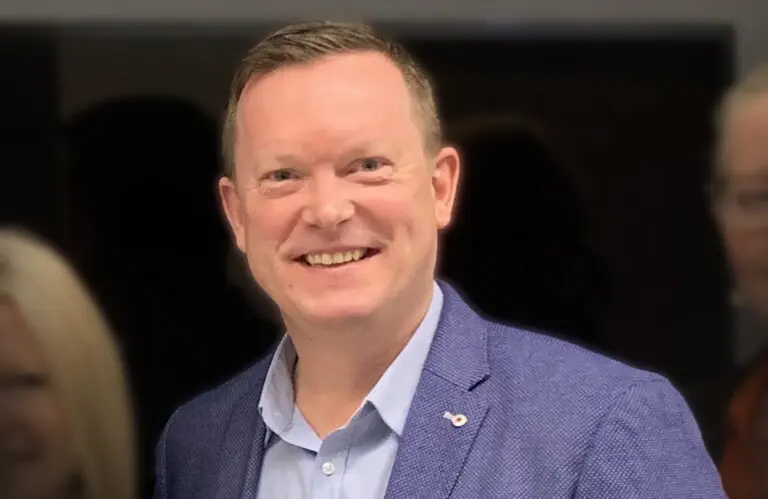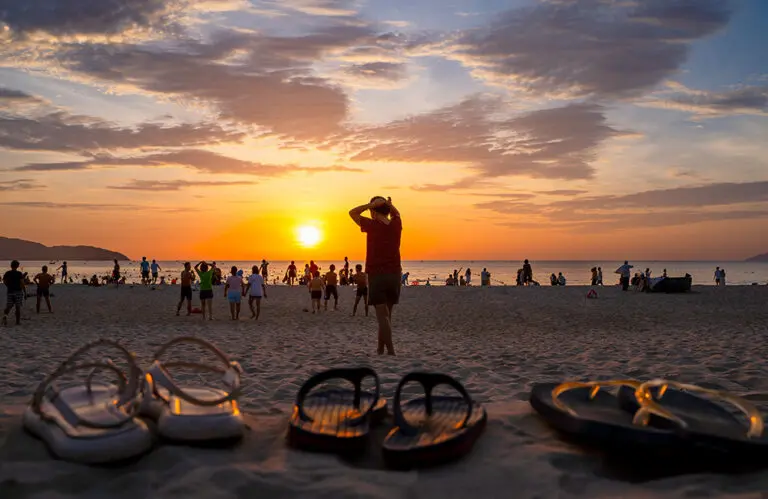Australia’s environment is sick and getting sicker as the combined effects of climate change, pollution, land clearing and mining take a dangerous toll, a landmark report says. How can travel collectively do better to help reverse these devastating impacts on the place we call home and our future livelihoods?
The State of the Environment report is a five-yearly health check on the natural ecosystems that underpin every aspect of life in Australia, and the news is resoundingly bad.
“Overall, the state and trend of the environment of Australia are poor and deteriorating,” says a summary of the shocking 2000-page document.
The report, written by 37 expert authors, is a comprehensive assessment of the state of the environment, the pressures it’s facing and how well or not it is being managed.
It details “abrupt” changes in ecological systems over the last five years, with climate change adding a devastating new layer to the accumulation of other threats.
The result is a growing list of threatened species trying to survive in shrinking and degraded ecosystems that are being ineffectively managed with too little money, it says.
“Our inability to adequately manage pressures will continue to result in species extinctions and deteriorating ecosystem conditions, which are reducing the environmental capital on which current and future economies depend.”
The report, which the former Morrison government refused to release before the election, has been variously described by its chief authors as stark and depressing.
If you work in tourism and genuinely care about the long-term effects and impact of our industry on our communities and environment, then read on for the top-line facts.
What individual steps could you take to begin healing our sick environment?
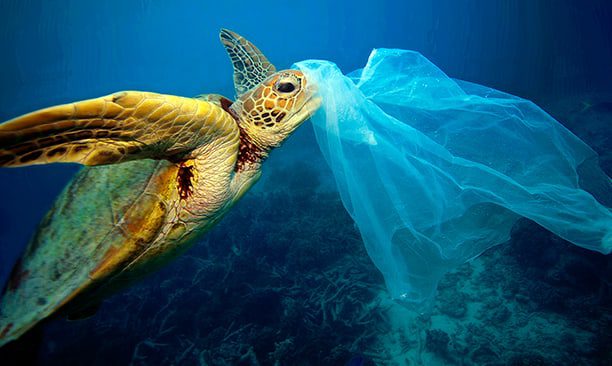
Our land
- Vegetation, soil, biodiversity, wetlands and rivers are all suffering from intense competition for resources
- 7.7 million hectares of habitat for land-based threatened species were cleared between 2000 and 2017
- Almost all of that – 7.1 million hectares – was not assessed under federal environmental laws
Our biodiversity
- Australia has lost more mammal species than any other continent and now has more foreign plant species than native ones
- The number of new species listed or up-listed to a higher category of threat has increased by eight per cent since 2016 and will jump again due to the Black Summer bushfires
- 377 plants and animals of national environmental significance have been added as threatened species in the past 10 years
Our climate and extreme weather
- Australian land temperatures have increased by 1.4C
- The 2018 heatwave killed 33,000 spectacled and black flying foxes in two days. Spectacled flying foxes are now endangered
- Marine heatwaves caused mass coral bleaching on the Great Barrier Reef in 2016, 2017 and 2020

The black summer bushfires
- Burned more than eight million hectares of native vegetation, including nine per cent of the nation’s koala habitat
- Killed or displaced between one and three billion animals
- Sediment and ash caused fish kills and hit marine species in coastal estuaries
Our inland water and coasts
- Waterways, beaches, and shorelines are generally in poor condition near urban centres
- Water extraction and drought left the Murray Darling basin at a record low level in 2019
- The Basin has seen devastating mass fish kills and shrinking bird populations; only two of 450 gigalitres promised under the basin plan have been delivered so far
Our urban landscapes
- Cities suffering effects of strong growth, including problems with urban heat, pollution, waste and water scarcity
- Waste going to landfill in NSW increased by 10 per cent over the past 10 years, with hazardous waste almost doubling
- A lack of access to good quality water, particularly in the Northern Territory, is lowering life expectancies in remote communities
Our marine systems and plastics
- Great Barrier Reef is at risk of being listed as a World Heritage site in danger after mass coral bleaching events in 2016, 2017 and 2020
- Reefs and associated species, including fish in poor condition and deteriorating
- Up to 60,000 pieces of plastic found per square kilometre of water in Perth; between 40,000 and 80,000 in Brisbane
Our First Nations and heritage
- Destruction of Indigenous heritage is occurring at an unacceptable rate
- Poor overall state of Country hurting wellbeing of Indigenous peoples
- Environmental changes affecting the abundance and distribution of culturally significant native plants and animals
Antarctica
- Antarctica’s physical environment appears to be changing so fast it’s beyond the adaptive abilities of organisms
- That appears especially true for higher-order life forms, including fish and birds
- Antarctic ecosystems are feeling the effects of ocean acidification, sea ice and wind strength changes, and changes in the circulation of the Southern Ocean
Overwhelming, isn’t it?
Where do we even begin to digest this level of shocking yet brutally honest news?
The choice for all of us is to either move on and pretend it isn’t happening, or to do something, anything, that will aid the reverse impact on any of the above.
Plenty of individuals and businesses in the travel industry are already doing much good, but we can all help to boost the cause further. Because we absolutely must.
One simple, easy yet powerful action point is to share this story. By educating others (as I did myself when I read the report), we can all help raise more awareness and promote more action by more people.
Change begins within.
What will you do to help?
Source: The State of the Environment Report 2021 with additional reporting from AAP


